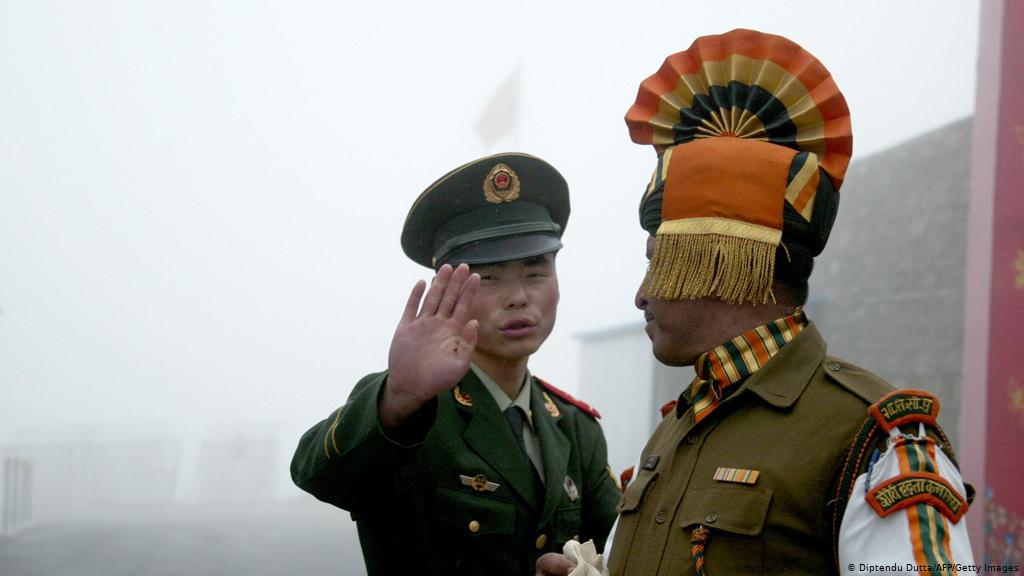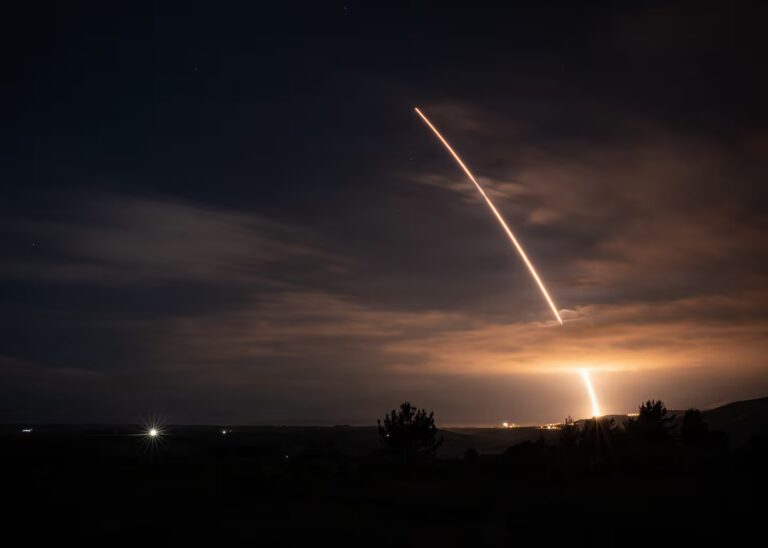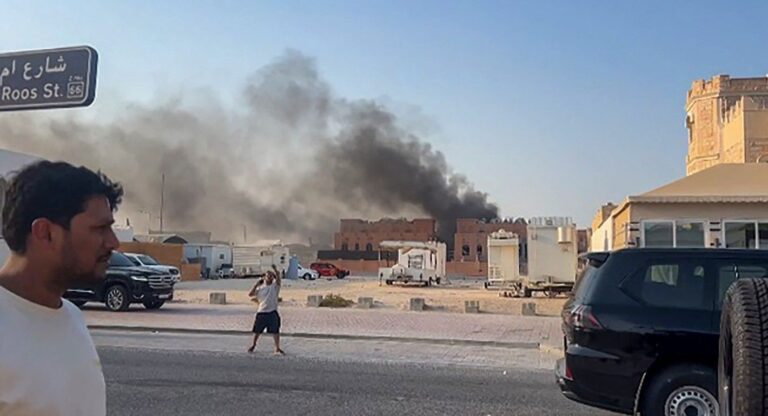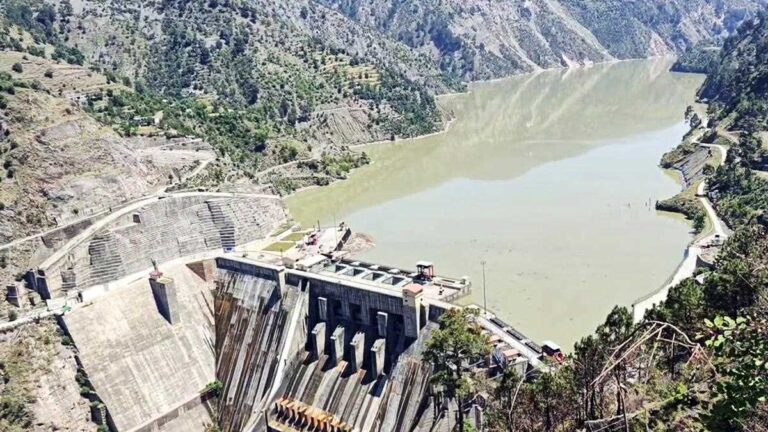
Source: DW.com
Rupert Stone
The journalist Fareed Zakaria recently described the coronavirus as “the great accelerator” because it had sped up various pre-existing global trends. This formula certainly applies to South Asia, where the virus has exacerbated poverty, political oppression and multiple forms of inequality. The pandemic has also intensified geopolitical competition between India and China.
It has done this, firstly, by inflaming the two countries’ long-standing border dispute. Last summer China occupied Indian-administered territory in Ladakh, in the western sector of the disputed frontier. Violence reached levels not seen in decades, when 20 Indian soldiers and unknown numbers of Chinese were killed. Since then efforts to de-escalate tensions through talks have failed, and 100,000 troops remain deployed in the area.
There is no easy solution to this crisis. India cannot dislodge Chinese forces from its side of the Line of Actual Control (LAC). At the same time, Delhi is unwilling to cede new territory to Beijing. An indefinite military deployment appears likely, with both sides digging in for the long haul. The LAC could then start to resemble the violent, heavily-fortified Line of Control in Kashmir.
This is very bad news for India, which desperately needs to modernize its military but will struggle to do so if resources are diverted to a costly, protracted deployment on the border with China. Hiking the defence budget in current circumstances is impossible, given India’s economic problems. It has performed worse than any other major economy in the coronavirus pandemic.
Economic weakness further limits the leverage India has over China. After the border standoff last year, Delhi banned Chinese apps and investment in retaliation, while moving to block Huawei from India’s telecommunications networks. However, India has a huge trade deficit with China, and is heavily dependent on Chinese inputs. These attempts at economic coercion have had little success.
China is also applying pressure in the eastern sector of the disputed border. News recently broke of Chinese village construction in Bhutan and Arunachal Pradesh. In response, India has put its border police on alert and started upgrading infrastructure in the area. To make matters worse, China is reportedly planning a dam in Tibet which could undermine India’s water security.
Elsewhere, China and Pakistan seem to be deepening their defence cooperation and upping the ante on India’s western flank, fuelling long-standing Indian fears of a two-front war. In December the Chinese defence minister visited Islamabad and agreed to expand defence ties with Pakistan. Later that month the two militaries engaged in joint air drills near the southern border with India.
China and Pakistan are also taking steps to counter Indian territorial claims. Last year, the two inked deals for hydropower projects in parts of Pakistani Kashmir claimed by India. Islamabad also unveiled a new map showing Kashmir to be part of Pakistan. Pakistan is now planning to make the Gilgit-Baltistan into a province, a provocative response to Modi’s revocation of Kashmir’s autonomy in 2019, likely inflaming tensions further.
At the same time, China and Pakistan could be negatively impacted by a deterioration of the security situation in Afghanistan. The US is supposed to withdraw its remaining forces by May, but peace talks are moving very slowly and violence is escalating. If the peace process fails in 2021 and the US pulls out, the Afghan government could collapse, propelling the country into state failure and all-out civil war.
That could destabilize Pakistan by unleashing a flood of refugees and exposing the country to infiltration by militant groups. Terrorist activity appears to be increasing in Pakistan: 2020 saw more incidents of terrorism than 2019, the first year-on-year increase since 2012, according to the South Asia Terrorism Portal. A renewal of militancy in Pakistan could jeopardise the China-Pakistan Economic Corridor (CPEC), which has already been delayed.
But a collapse of the Afghan government would potentially be even worse for India, which has grown much closer to Kabul in the post-2001 era, providing significant amounts of aid and development assistance, while reportedly using Afghan territory as a trampoline for intelligence activities in Pakistan. Delhi has not cultivated close ties with the Taliban and could lose out if the group eventually comes to power.
But India and China will both benefit if Biden honours his pledge to re-enter the Iran nuclear deal. The lifting of sanctions against the Iranian economy would enable the two giants to resume oil imports and revive their various investment projects in Iran. However, the nuclear deal does not lift all sanctions, and business activity will remain suppressed even if Washington re-joins the agreement.
India enters 2021 in a precarious strategic situation, and will likely try to strengthen its relations with the US and western powers as a result. Biden looks set to preserve the Indo-Pacific concept of his predecessor and continue to back India, albeit with more criticism of Modi’s human rights violations. This would entrench the growing regional divide between Washington and Delhi, on the one hand, and Islamabad and Beijing, on the other.
This rift will likely widen further if the US pulls out of Afghanistan. Washington would no longer need to rely on Pakistan for access to Afghan territory, and the main driver behind bilateral ties since 2001 would disappear. The US and Pakistan might be able to reorient their relationship around trade and people-to-people ties, but it will be difficult to compensate for the substantial post-9/11 security cooperation.
Greater regional polarization will make it harder to manage crises between India and Pakistan. In the past, the US and China cooperated to defuse tensions, for example in the Kargil war or Twin Peaks crisis. But with India and China locked in a border standoff, and Washington increasingly taking Delhi’s side, it is hard to imagine such collaboration. This has grave implications for global security, given the risk of nuclear confrontation.
2020 also saw heightened Sino-Indian competition in South Asia’s smaller states, which will likely escalate into 2021. These countries have traditionally been in India’s sphere of influence, but China’s role has expanded exponentially in the past two decades. Its exports to the region increased by more than 500% between 2005 and 2018 and investment has also grown in line with the Belt and Road Initiative (BRI).
Nepal, a majority Hindu state with very close historical links to India, has gravitated increasingly towards China in recent years. The government of KP Oli has signed various deals with Beijing, after Nepal joined the BRI in 2017. Tensions with Delhi escalated further in 2020, when India built a road through disputed territory, leading prime minister Oli to issue a map showing the area in question as part of Nepal.
However, recent bilateral visits by high-ranking officials have helped improve relations, at the same time as Oli’s position has been weakened by a split in the ruling communist party and protests against his call to dissolve parliament. Nepal is still highly dependent on India for trade and remittances from the many Nepalis who live and work across the border, and cannot throw in its lot with Beijing.
Bangladesh has also been forging closer ties with China, its top defence supplier, trade partner and source of investment. Relations with Delhi soured in light of Modi’s anti-Muslim policies, especially the Citizenship Amendment Act (CAA) which fast-tracked Indian citizenship for non-Muslim immigrants. India’s home minister Amit Shah caused offence when he described immigrants from Bangladesh as “termites”.
This led to a prolonged froideur between Dhaka and Delhi. Prime minister Sheikh Hasina apparently refused to meet the Indian high commissioner for months. But relations seem to be improving, with a virtual summit between Modi and Hasina held last December. 2021 marks the 50th anniversary of Bangladesh’s independence, and India is planning various celebratory events, a reminder of its role in the creation of the country.
Sri Lanka grew much closer to China under the rule of former president Mahinda Rajapaksa from 2005-2015. After a pro-Indian government ruled from 2015-2019, Rajapaksa returned to power as prime minister in 2019, with his brother as president, prompting concerns that Sri Lanka would move even closer into China’s orbit. However, the Rajapaksas have instead tried to balance between India and China.
President Rajapaksa chose Delhi as his first foreign trip, and he has worked to boost Sri Lanka’s long-standing defence relationship with India. A trilateral maritime dialogue format with the Maldives was revived in November. India has also provided aid during the coronavirus pandemic and, with Japan, is investing in the East Container Terminal in Colombo harbour.
2021 will therefore see a growing tug of war between India and China in these countries, which will be reluctant to pick sides between the two giants, preferring instead to play them off against each other while deriving economic and security benefits from both. The US under Biden will likely intensify the previous administration’s efforts to partner with some of these states, too.
During the Trump years, the US tried to make inroads in South Asia, but with limited success. Nepal declined to participate in the US Indo-Pacific strategy, and Sri Lanka has delayed signing military and development agreements with Washington. However, the US did manage to ink a defence pact with Maldives last year. An American embassy will also be opened in Male.
Strategic competition in 2021 will inevitably be shaped by how states respond to the ongoing pandemic. It was assumed that Beijing would consolidate its influence in the developing world by quickly rolling out Chinese vaccines, just as it promptly dispatched gifts of medical equipment early on in the pandemic. But India has been quicker to deploy its jabs, sending doses to Maldives, Bhutan, Nepal, and Bangladesh.
Vaccines aside, China enters 2021 in a stronger position. Its economy has rebounded from the coronavirus pandemic, while India’s is projected to decline by a massive 7.7% of GDP. This will be a tough year for New Delhi.
Rupert Stone is an independent journalist.




